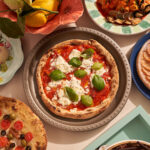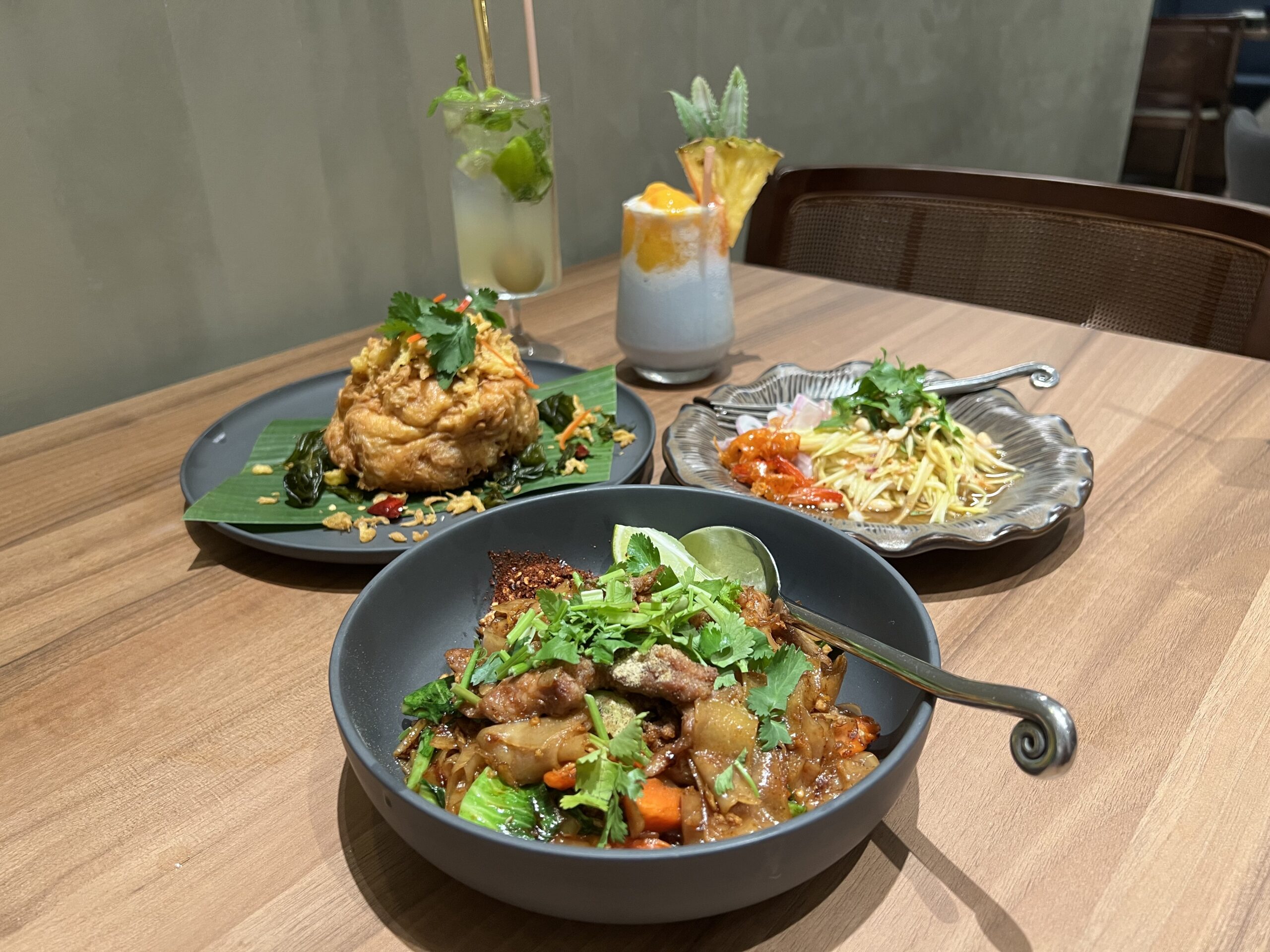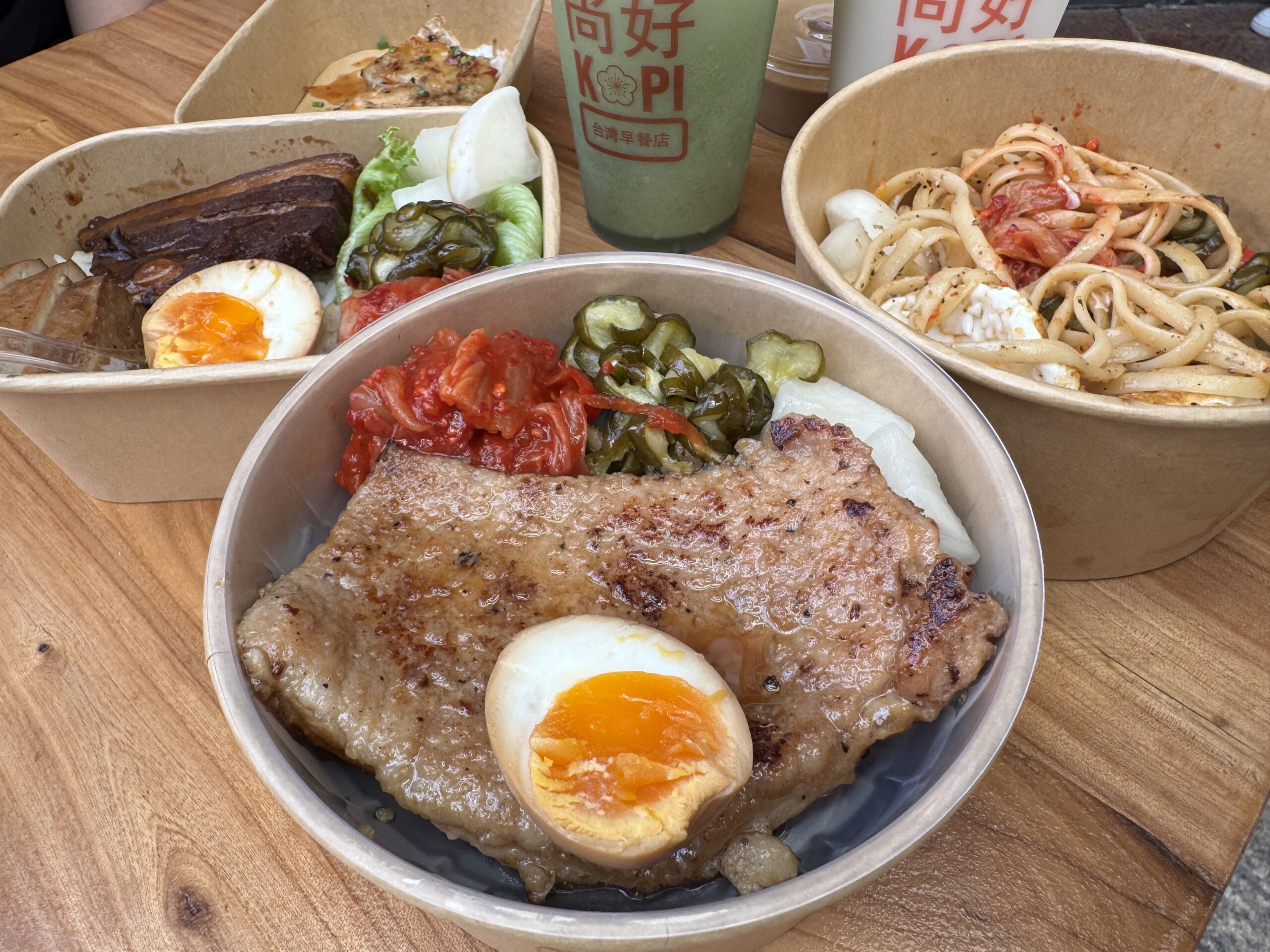
Kaya Toast and coffee is a simple breakfast affair which doesn’t require much time and skills to prepare. Some argued that you might need some experience in brewing the coffee and operating the traditional charcoal oven. You will also need to know the perfect ratio of Kaya jam to butter too!
But to me, it is exactly why I am puzzled by the fact that even though it’s a simple recipe, you can still end up with a not-so-delicious Kaya Toast and coffee (or Kopi, as what we call it here in Singapore). Our Singaporean foodies could even list down the places where they go for the best Kaya Toast and Kopi. Why is there even a disparity in taste?
This is precisely why I was fascinated by the art of making this dish. What makes a delicious Kaya Toast? What makes a cup of Kopi taste great? I visited Ya Kun Kaya Toast and even tried making it at home. But I am curious to find out if there are coffee stalls which serve even better toasts, eggs and coffee. My journey begins at Heap Seng Leong coffeeshop.
It’s old and run-down but everyone loves it here.

Heap Seng Leong Coffee stall is not only famous for their Kaya Toast but also their Kopi Gu You (or kopi with butter). Thanks to social media, this stall has attracted many locals and foreigners to come and drop by for some Instagrammable-worthy and oh-so-nostalgic-and-hippie kind of photos.

Never mind if the queue is long or if the owners of the stall are operating at snail speed because it is worth the wait. Now here’s a trick that we learnt – you actually don’t have to queue. In those old-school kopitiam in Singapore, you just have to place your order, find a seat then wait patiently for your food to arrive. Even the Westerners know this better than us locals.
We thought that ‘uncle’ might not remember our order so we joined the queue and waited patiently for 20 minutes. While waiting, I was staring at the ‘brave’ Mynahs who swooped by the coffee shop for their ‘snack time’.
But it’s not so glammed up and clean like Ya Kun Kaya Toast Outlets

Never mind about the stained walls, worn-out plastic chairs, unkempt tables and messy interior. Occasionally, there will be a couple of daring Javan Mynahs which will fly into the coffee shop, to feed on the food scraps. Interestingly, no one bothers about all of these. To some foreigners, it is charming. To the locals, it just the other unglamourous but bearable sight of Singapore. The rustic vibe here is alluring to many of whom who are born in the 90s.
A Father-and-son business

This coffee stall, which is run by a father and a son, has been around for years and nothing has changed much since they first started out. Even the clock hanging on the wall has come to a stop at 7 o’clock. It felt like a different time zone here.
Fragments of the past are lying everywhere.

You may even spot artefacts like the public orange telephone from the 80s, abacus and old biscuit tins.


You can try food from a different ethnic group here.

The multicultural aspect of our nation is something which I am thankful and appreciative of. Besides enjoying Kaya Toast prepared, you can also enjoy Nasi Lemak or curry puff from this Malay stall. I’ve yet to try out their Nasi Lemak but I’ve read positive reviews of it. But we managed to try their one-dollar curry puffs which are oh-so-delicious and crumbly.
Have you tried Singapore’s version of the bulletproof coffee?

Who knew that this bulletproof coffee trend has started way back, in Singapore? The melted butter is said to provide an energy boost as well as to bring out the aromatic flavours of the coffee. Over here, it is known as ‘Kopi Guyou’. Instead of using grass-fed butter, they used regular butter – similar to the one they used on Kaya toasts.
The coffee has a pleasant aroma and a smooth finish. However, I wish the coffee could be thicker though as it seems a little diluted.
Charcoal-grilled Kaya Toasts that leave you wanting for more.

I finally understood how a good kaya toast should taste like the moment I sink my teeth into their charcoal-grilled toast. It should be crisp on the outside and soft on the inside so that there is an added textural dimension to the toast. And as you take your first bite, there is this natural burnt charcoal taste that complements nicely with the slab of butter and kaya.
If the bread is slightly too charred, they would scrap off the burnt layer using the sharp edges of the metal lid.
It’s all about the butter and kaya ratio.

The combination of butter and kaya is like heaven meets earth – when the sweet and savoury comes together, magic happens. It goes the same when butter is combined with honey.
Now, most importantly, they are not skimpy with the butter or kaya. There is a generous amount of melted butter and kaya. By the time, it reaches our table, the butter has melted fully and it spreads out more evenly throughout the bread. It should not be in this icy-cold state as you don’t really get to enjoy the butter with every mouthful of the toast. However, I know that there are some people who prefer the butter layer to be cold and hard.
You might also be wondering what brand of kaya and butter they are using too. For kaya, they are using a locally-produced kaya which comes in a blue-coloured tin. Currently, I can only find that particular brand of kaya on Groxers online.
As for the butter, I am unsure of which brand they are using. But they are probably using unsalted butter for the toast.
How do they prepare their soft-boiled eggs?

I observed that they employed the traditional method of preparing the eggs. They first boiled the water then pour it into this metal container with a lid. Then, they placed the eggs into the hot water and let it cook in it for about 10 minutes.
Use the soft-boiled eggs as a dip for the kaya toast.

The flavour profile of the toast goes up to the next level the moment you coat it with the runny golden egg yolk seasoned with some white pepper and dark soy sauce.
We all yearn for simplicity, don’t we?
A simple and traditionally-made kaya toast is all we need to remind ourselves that good food needs no complicated formula.
The singlet-clad coffee uncle, soiled coffee bags, red plastic chairs, and hungry Mynahs are all part of our raw Kopitiam experience. It’s nostalgic for the locals and intriguing to foreigners. And this is where you can witness the marriage between food and heritage.

![[Review] Sawadee Thai Cuisine: Authentic Thai cuisine featuring Hometown Flavours From Si Sa Ket, Thailand](https://deeniseglitz.com/wp-content/uploads/2025/04/IMG_6762-150x150.jpeg)
![[Review] Donna Beauty’s new BES Facial Therapy](https://deeniseglitz.com/wp-content/uploads/2025/04/IMG_5065-150x150.jpeg)


![[Review] The Winery Gourmet: A Romantic European Medieval Restaurant with a wine cellar](https://deeniseglitz.com/wp-content/uploads/2025/04/IMG_6050-150x150.jpeg)




